suv with digital speedometer
As a novice on the road, many friends like to drive the suv with digital speedometer, sometimes not always to see the road, sometimes also to see if there is traffic jam, speed limit, whether to take photos, etc. For the convenience of speed measurement, why don't cars use digital speedometer, which is both accurate and convenient.
When it comes to the advantages of digital speedometer, there is no reading error in the measured value, but the number changes quickly, which is easy to cause eye fatigue. Especially for those who drive SUVs, their speed will fluctuate greatly when they occasionally go to more than one field and run a car. If they are digital speedometers, they will display "98", "100" and "99" sensitively and frequently. In order to reduce the unstable flashing of the displayed value, it is necessary to extend the time interval (sampling interval) of the measuring speed of the instrument and reduce the accuracy of the instrument. However, after the sampling interval is extended, the instant of vehicle speed change cannot be tracked and displayed. That is, if you have made the SUV stop quickly after emergency braking, the digital speedometer may still display 30km/h.
Therefore, the digital instrument is not suitable for human vision after actual verification, so the pointer speedometer is still the speedometer used by most SUVs. How does the speedometer measure the speed of a car that uses a pointer speedometer? In the early days, the vehicle speed was measured mechanically. A gear was installed on the wheel bearing, which was converted into current through electromagnetic induction and driven the pointer to swing. The current vehicle speed is generally measured by the sensor on the front wheel bearing, processed by the electronic control unit, and then transmitted to the pointer of the speedometer through the current. Among the pointer speedometers used by most SUVs, many speedometers are "two laps". Do you know what they mean? These styles often appear on cars produced in Europe and the United States. One circle is based on "km/h", and the other circle is based on "mile/h" to meet the needs of users in different regions. Because in the United States and the United Kingdom, the "English system" is generally used, and the driving distance is generally expressed in miles, while we usually use the "metric system", that is, the mileage is expressed in kilometers. (1 mile/hour=1.609 kilometers/hour)
 English
English 
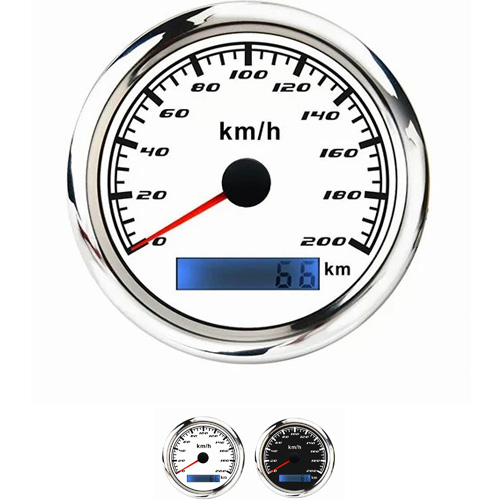
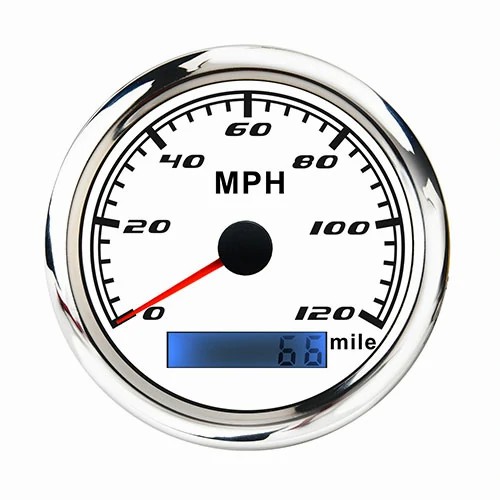

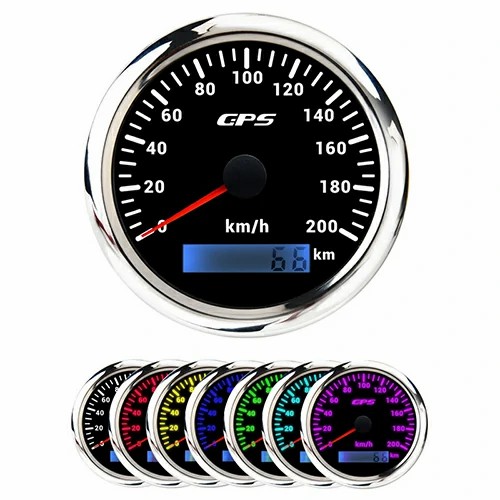
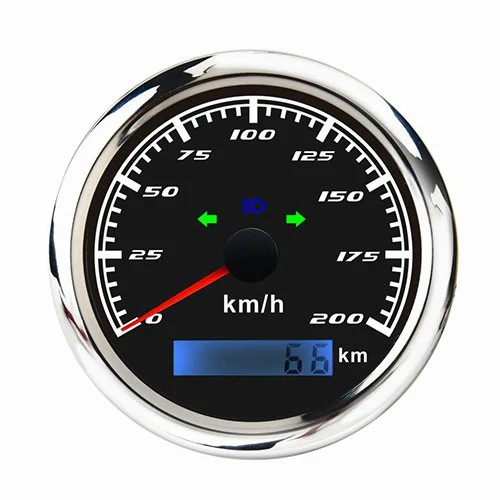
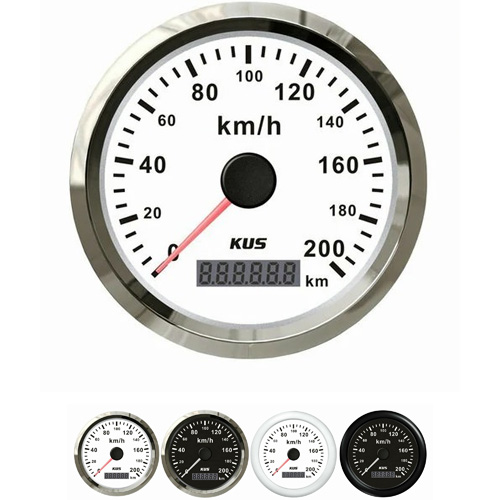
Get a Quote / Info